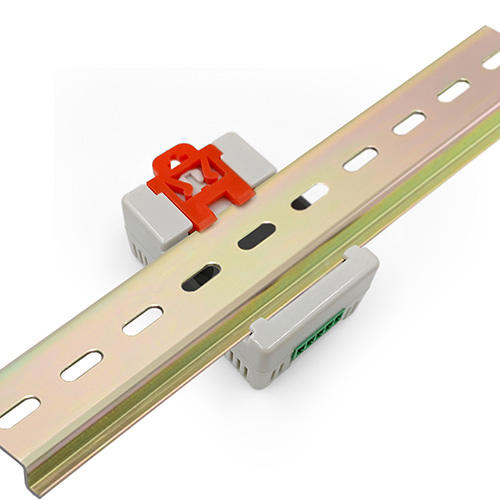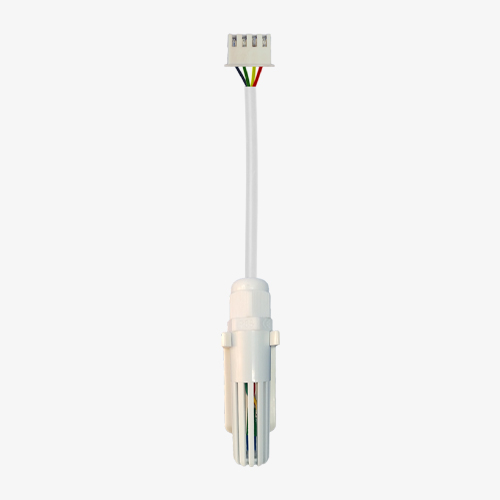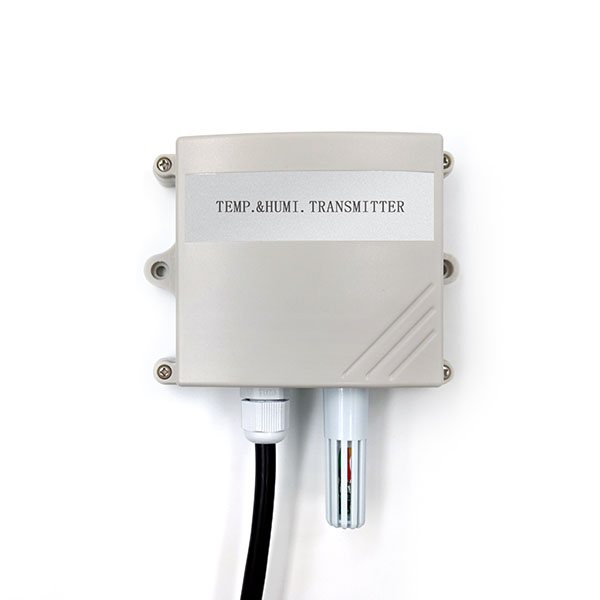How does a humidity sensor work
A humidity sensor is a device used to measure the humidity in the air. Its working principle is based on the effect of humidity on certain physical or chemical properties. This article will introduce in detail How does a humidity sensor work.
Classification of humidity sensors
Humidity sensors can be divided into two categories: capacitive humidity sensors and resistive humidity sensors.
1.Capacitive humidity sensor
Capacitive humidity sensor is a sensor based on the principle of capacitance change. It consists of two electrodes, one of which is a hygroscopic element coated with hygroscopic material and the other is a non-hygroscopic reference electrode. When the humidity in the air changes, the moisture-sensing element absorbs or releases moisture, thereby changing the capacitance value. By measuring the change in capacitance value, the humidity in the air can be calculated.
2.Resistive humidity sensor
Resistive humidity sensor is a sensor based on the principle of resistance change. It consists of a resistive wire coated with hygroscopic material. When the humidity in the air changes, the hygroscopic material absorbs or releases moisture, thereby changing the resistance value. By measuring the change in resistance, the humidity in the air can be calculated.
How does a humidity sensor work
The working principle of humidity sensors is based on the effect of humidity on certain physical or chemical properties. The following will introduce the working principles of capacitive humidity sensors and resistive humidity sensors respectively.
1.Working principle of capacitive humidity sensor
The working principle of capacitive humidity sensors is based on the relationship between capacitance value and dielectric constant. The dielectric constant is the ability of a substance to respond to an electric field, and it is related to the hygroscopicity of the substance. When the humidity in the air changes, the moisture-sensing element absorbs or releases moisture, thereby changing the capacitance value. The capacitance value is inversely proportional to the dielectric constant, so the smaller the capacitance value, the greater the dielectric constant, and the higher the humidity in the air.
2.Working principle of resistive humidity sensor
The working principle of resistive humidity sensors is based on the relationship between resistance value and conductivity. Conductivity is the ability of a substance to respond to electric current, and it is related to the hygroscopicity of the substance. When the humidity in the air changes, the hygroscopic material absorbs or releases moisture, thereby changing the resistance value. The resistance value is directly proportional to the conductivity, so the smaller the resistance value, the greater the conductivity, and the higher the humidity in the air.
Humidity sensor applications
Humidity sensors are widely used in meteorology, agriculture, industry, medical and other fields. In the field of meteorology, humidity sensors are used to measure the humidity in the air in order to predict weather changes. In agriculture, moisture sensors are used to measure soil moisture in order to control the amount of irrigation. In industry, humidity sensors are used to measure the humidity in the air in order to control production processes. In the medical field, humidity sensors are used to measure the humidity of a patient’s breath in order to regulate the humidity of a ventilator.
In short, the humidity sensor is a very important sensor. It can help us measure the humidity in the air in order to control the environmental humidity and ensure the normal progress of production and life.








